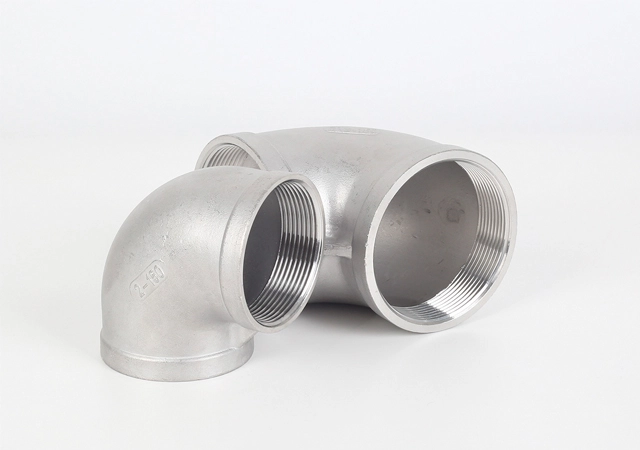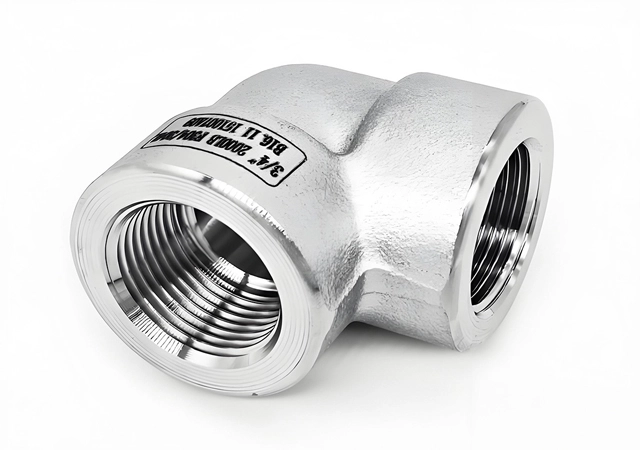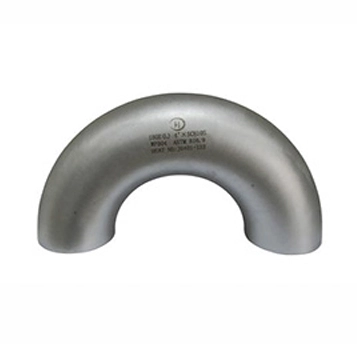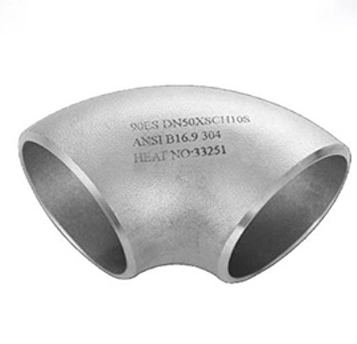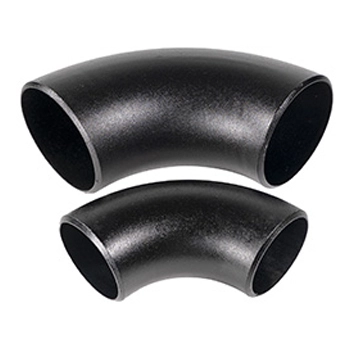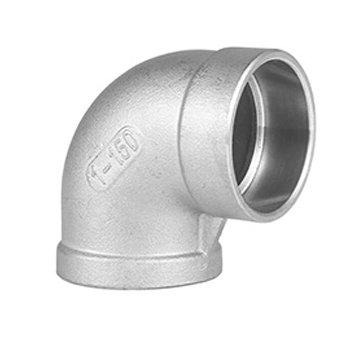A threaded elbow is a type of pipe fitting used to change the direction of flow in a piping system. It is designed to be connected to pipes using threads, which are screw-like grooves cut into the inside (female) or outside (male) of the fitting. Threaded elbows are commonly used in low-pressure systems and applications where ease of installation and disassembly are important.
90° Threaded Elbow: Changes the flow direction by 90 degrees.
45° Threaded Elbow: Changes the flow direction by 45 degrees.
Long Radius Threaded Elbow: Provides a smoother flow transition with a larger radius.
Short Radius Threaded Elbow: More compact, suitable for tight spaces.
Stainless Steel Threaded Elbow
ASTM A182 F304/304L/304H, F316/316L, F310, F317, F321, F309, F347, F904L
Carbon Steel Threaded Elbow
ASTM A105, A694 F52, F60, F65, F70, A350 LF2, LF3
Duplex Steel Threaded Pipe Elbow
ASTM A182 F51, F53, F55, S 31803, 32205, 32550, 32750, 32760
Nickel Alloy Threaded Elbow
ASTM / ASME SB 336, 564 / 160 / 163 / 472, UNS 2200 (NICKEL 200) , UNS 2201 (NICKEL 201 ) , UNS 4400 (MONEL 400 ) , UNS 8020 ( ALLOY 20 / 20 CB 3 ) , UNS 8825 INCONEL (825) , UNS 06600 (INCONEL 600 ) , UNS 06601 (INCONEL 601) , UNS 06625 (INCONEL 625) , UNS 10276 (HASTELLOY C 276)
1. Ease of Installation:Threaded elbows can be easily installed and removed without the need for welding or special tools, making them ideal for maintenance and repairs.
2. Cost-effective:Threaded connections are generally less expensive than welded or flanged connections, especially for small-diameter pipes.
3. No Welding Required:Threaded elbows eliminate the need for welding, which reduces installation time and costs.
5. Reusability:Threaded elbows can be unscrewed and reused, making them suitable for temporary or modular piping systems.
5. Versatility:Available in a wide range of materials, sizes, and configurations to suit various applications.
6. Suitable for Low-pressure Systems:Ideal for systems operating at low to moderate pressures.
1. Oil and Gas: For low-pressure systems where frequent maintenance is required.
2. Chemical Industry: In corrosive environments where materials like stainless steel are preferred.
3. Plumbing: In residential and commercial water supply systems.
4. Heating Systems: For redirecting flow in heating systems.
5. Water Supply Systems: In municipal water distribution networks.
6. Power Plants: For low-pressure steam and water lines.
7. Food Processing: In systems where hygiene and durability are critical.

 EN
EN
